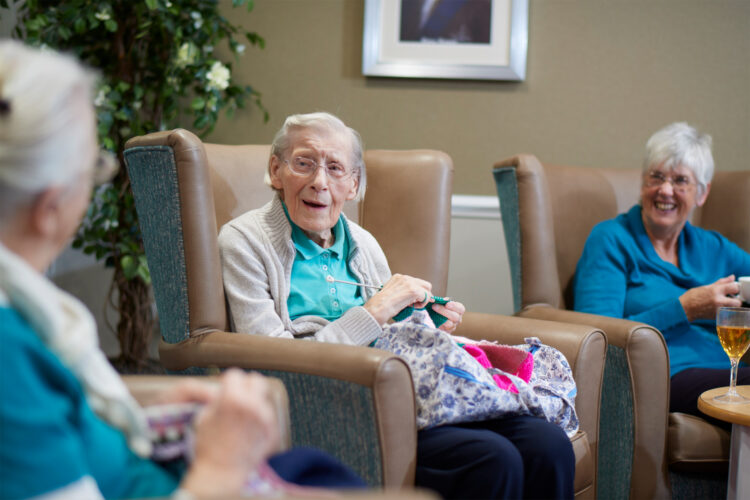By Ashley Young-
The British government has updated its guidance on providing home care in England during the coronavirus pandemic.
The guidance covers PPE and emergency supplies, hospital discharge and assessment, testing for care workers and clients, government and local authority support, data collection, mental health support and safeguarding.
It also includes shielding and the use of ‘care groups’ to reduce the risk of people classed as ‘clinically extremely vulnerable’ being exposed to COVID-19
Care Groups
It advises home care providers to divide the people they are caring for into care groups and allocate subgroups of their staff team to provide care to for each group. The advice acknowledges the workforce and logistical challenges of allocating subgroups, especially within small and medium sized providers , stating that a decision would need to be made locally.
If providers are unable to divide their workforce into subgroups for each category, they may be able to divide the workforce into 2 groups: one to support the shielded, the other to support ‘at risk’ groups and everyone else.
The government acknowledged the workforce and logistical challenges of doing this and suggested dividing the workforce into two groups – one to support the shielded and the other to support the ‘at risk’ groups and everyone else – if providers are unable to divide their teams into subgroups.
“This is being proposed as a practical suggestion that may be viable for some providers, rather than a direction all providers are expected to follow,” the guidance states.
“We acknowledge that different providers are experiencing different pressures. If providers are unable to work in this way, local authorities may be able to provide support through their plan to provide mutual aid. Should local authorities be unable to provide assistance, providers should contact their local resilience forum.
Agencies
Home care providers are advised to work with agencies involved in the health and well being of the people they provide care and support to, in order to develop a multi-agency plan to reduce the number of people going into an individual’s home.
The guidance suggests that it should involve working with the people identified as clinically extremely vulnerable (shielding), and at-risk groups to understand which other professionals they have contact with and confirm whether they have received advice to shield or practise social distancing respectively.
Also, times of entry to a community base to collect equipment should be staggered – clutter should be kept to a minimum within community bases and hard surfaces should be regularly cleaned.
It also advises that providers ensure that there is a high level of support and a focus on staff health and well being during this unprecedented time – access to the staff support initiatives offered through the Adult Social Care Action Plan should be promoted.
Suspension Of Care
Where a person receiving care or their unpaid carer wishes to suspend their care due to being asked to undertake shielding, the organisation with responsibility for developing the care plan should be alerted to this.
All involved parties are expected to work together to agree whether this is an appropriate step and what can be done to ensure the person has access to essentials throughout this period, for example food, medicines etc. I
Understanding the reasons behind the request to cease care and provide reassurance around precautions taken to reduce the risk of transmission.




